What is a Cloud Migration Strategy?

for the latest insights
A cloud migration strategy is a plan of actions to help organisations understand the benefits of adopting the cloud and ultimately leading to modernised applications, optimised internal operations and increased business agility whilst driving cost down.
It is a map of where you are, what outcomes and benefits you are seeking, and how you will get there. And if you are like the 69% of organisations who plan to accelerate cloud migration this year, you need a solid plan.
What should I include in a cloud migration strategy?
A good strategy answers three key questions: why, what, and how.
First, let’s tackle the ‘why.’
Why do you want to move to the cloud? There are lots of great reasons to do so, and as highlighted in a recent survey from Foundry, disaster recovery and business continuity are the top one priority, followed by replacement of legacy technology and lower total cost of ownership (TCO).
But whatever your reasons are - cost, scalability, better efficiency, enhanced security, decreased on-premises footprint - you need to fully assess the benefits and associated risks first and ensure they are aligned with your organisation overarching strategy before moving to defining the ‘what’ and the ‘how.’
Getting your key stakeholders involved from the start is also going to be key. As Gartner’s David Smith puts it, “Business and IT should be equal partners in defining the cloud strategy. Enterprise architects and others tasked with creating a cloud strategy should actively seek to leverage the input, expertise, and knowledge beyond IT.”
Talk to the people across the business about the opportunities and benefits of modernising and migrating. And understand any concerns about change and how to minimise the day-to-day impact on staff.
Where do I start?
Now for the ‘what.’ It is time to do a deep analysis of what to keep, what to upgrade, and what to retire. Start by mapping your applications landscape first before undergoing a fit-for-purpose cloud readiness assessment.
For example, you can assess each workload with the “5 Rs of Rationalisation”, as recommended by Microsoft and the Cloud Adoption Framework:
- Rehost
- Refactor
- Rearchitect
- Rebuild
- Replace
Microsoft advises an incremental rationalisation approach which reduces risk, staggers the load on the business and creates an organic model for developing the process and experience required to make qualified rationalisation decisions more efficiently.
How do I get there?
Finally, the ‘how.’ It is surprising, but companies tend to overlook this step. They know where they are, where they are going and the benefits to be realised, but they are missing solid roadmaps and implementation plans to get there. Spend some time to define a solid business case with a clearly defined transition roadmap to include migration efforts and drive a structured approach. Cost of migration should be accounted for to ensure a 360-degree overview of your migration journey.
This is why you need to choose a great technology partner. The best ones will help you at every stage of the journey, from the discovery phase, through to strategy and implementation. They can help you flesh out cost benefit analysis, cloud readiness assessments, ROIs, and more - all features of a highly persuasive business case.
So, why does a cloud migration strategy matter?
Simply put, a good cloud migration strategy will make it easier to achieve the outcome you want. And it will be the result of working closely with your technology partner to document the best way to apply cloud tech to enhance your business model and drive change.
It will provide a crystal-clear understanding of your current infrastructure, what you want, and what resources it will take to get there.
It also considers the needs of stakeholders across your business, and how modernising and migrating applications will affect your organisation’s employees and customers.
What does success look like?
At UBDS we have been supporting clients to successfully transition to the cloud for years.
Like one major UK government department that decided to modernise and migrate its entire legacy infrastructure to the cloud to drive better reliability, cheaper running costs, and increased security.
Our expert team worked with the department to create a cloud migration strategy and implementation plan to smoothly transition the existing 138 applications to the cloud.
And in the end, we migrated more than half of the applications to AWS through a combination of rewriting, replatforming, and rehosting. Whilst the rest was moved to Microsoft Azure, an on-premises data centre or retired them in a very short timeframe.
The result? £30 million saving a year for the department.
You can modernise and migrate your infrastructure to support your organisation’s business objectives, too. You just need a solid cloud migration strategy and roadmap to get there.
Thinking about cloud migration? We can help. UBDS is the go-to digital transformation partner to the public and private sectors. Organisations turn to us for deep knowledge, specialist skills, years of on-the-job experience and our can-do and get-it done culture. Plus, we are Microsoft Gold Partners and AWS Advanced Partners. Contact us today.

Looking for
exceptional outcomes?






